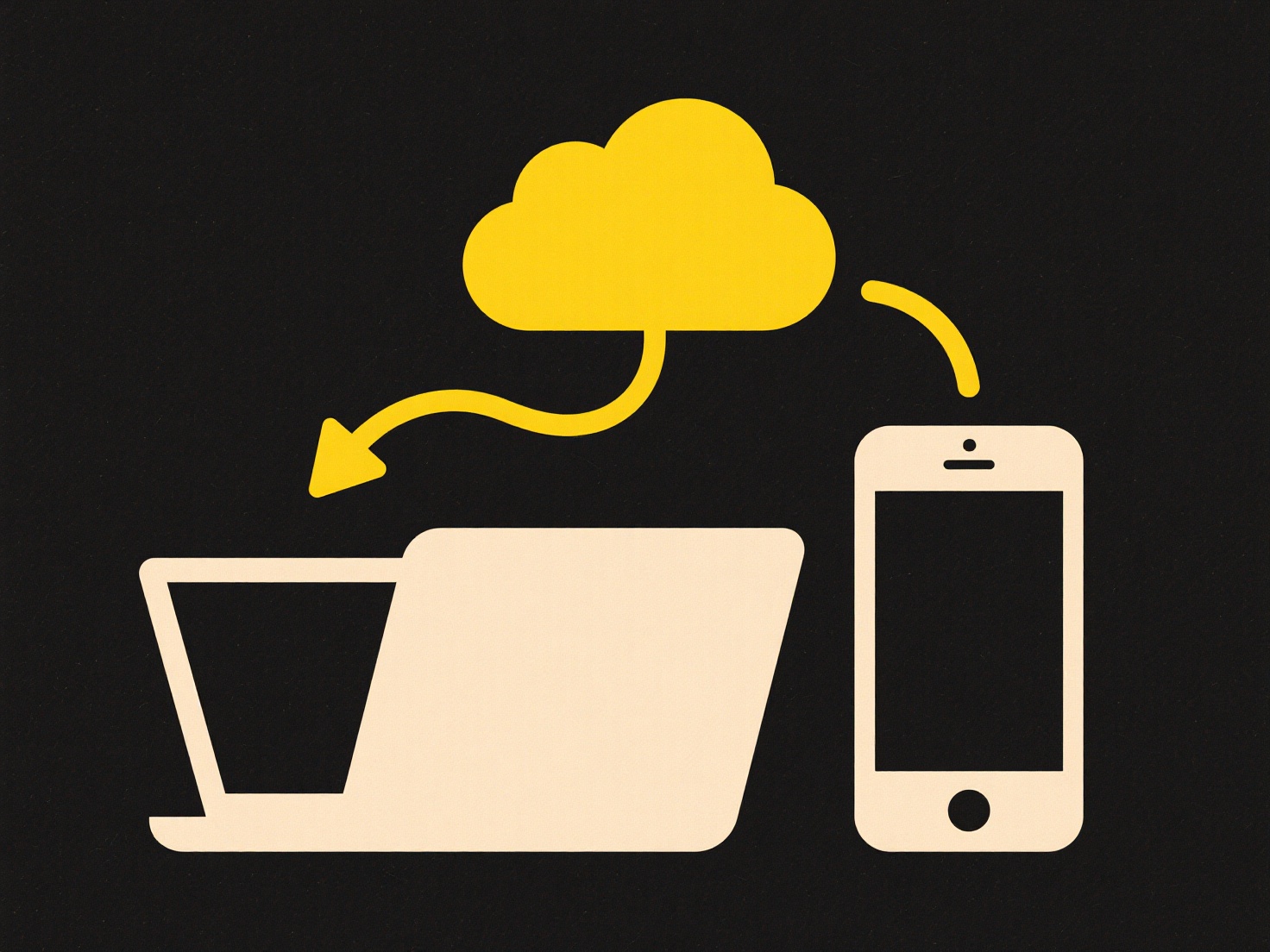
Yes, you can share a file without granting edit rights. This means giving others permission to open and view the file content, but not to make any changes, delete, or restructure it. It's a fundamental aspect of document permission settings that distinguishes "view only" access from "edit" or "owner" level permissions. Most cloud storage services and document collaboration platforms allow the file owner or sharer to specify precisely what level of access recipients have when a file is shared.

Common examples include sharing quarterly financial reports externally for stakeholder review using a "view only" link via Google Drive, Dropbox, or OneDrive. Internally, project managers might upload finalized project specifications to SharePoint so team members can reference them but not alter the baseline document. Teachers also frequently share syllabi or lecture notes with students on platforms like Google Classroom or Canvas with download and printing options disabled.
The primary advantage is maintaining document integrity and security while distributing information. It prevents accidental or unauthorized changes. A limitation is that determined recipients might still potentially copy text or screenshots from a view-only file. Ethically, it balances accessibility with control, though misuse for restricting legitimate feedback needs consideration. This capability remains critical for secure collaboration, driving adoption of modern platforms where granular permission control is standard.
Can I share a file without giving edit rights?
Yes, you can share a file without granting edit rights. This means giving others permission to open and view the file content, but not to make any changes, delete, or restructure it. It's a fundamental aspect of document permission settings that distinguishes "view only" access from "edit" or "owner" level permissions. Most cloud storage services and document collaboration platforms allow the file owner or sharer to specify precisely what level of access recipients have when a file is shared.

Common examples include sharing quarterly financial reports externally for stakeholder review using a "view only" link via Google Drive, Dropbox, or OneDrive. Internally, project managers might upload finalized project specifications to SharePoint so team members can reference them but not alter the baseline document. Teachers also frequently share syllabi or lecture notes with students on platforms like Google Classroom or Canvas with download and printing options disabled.
The primary advantage is maintaining document integrity and security while distributing information. It prevents accidental or unauthorized changes. A limitation is that determined recipients might still potentially copy text or screenshots from a view-only file. Ethically, it balances accessibility with control, though misuse for restricting legitimate feedback needs consideration. This capability remains critical for secure collaboration, driving adoption of modern platforms where granular permission control is standard.
Quick Article Links
How do I create unique file names in a collaborative workflow?
Creating unique filenames in a collaborative workflow ensures multiple users can edit or add files without accidentally ...
How do I manage file access for different team members?
File access management controls who can view, edit, or share specific files and folders within a shared storage system (...
Can Linux open Microsoft Office files?
Linux distributions generally support opening Microsoft Office file formats, including DOCX, XLSX, and PPTX, through alt...